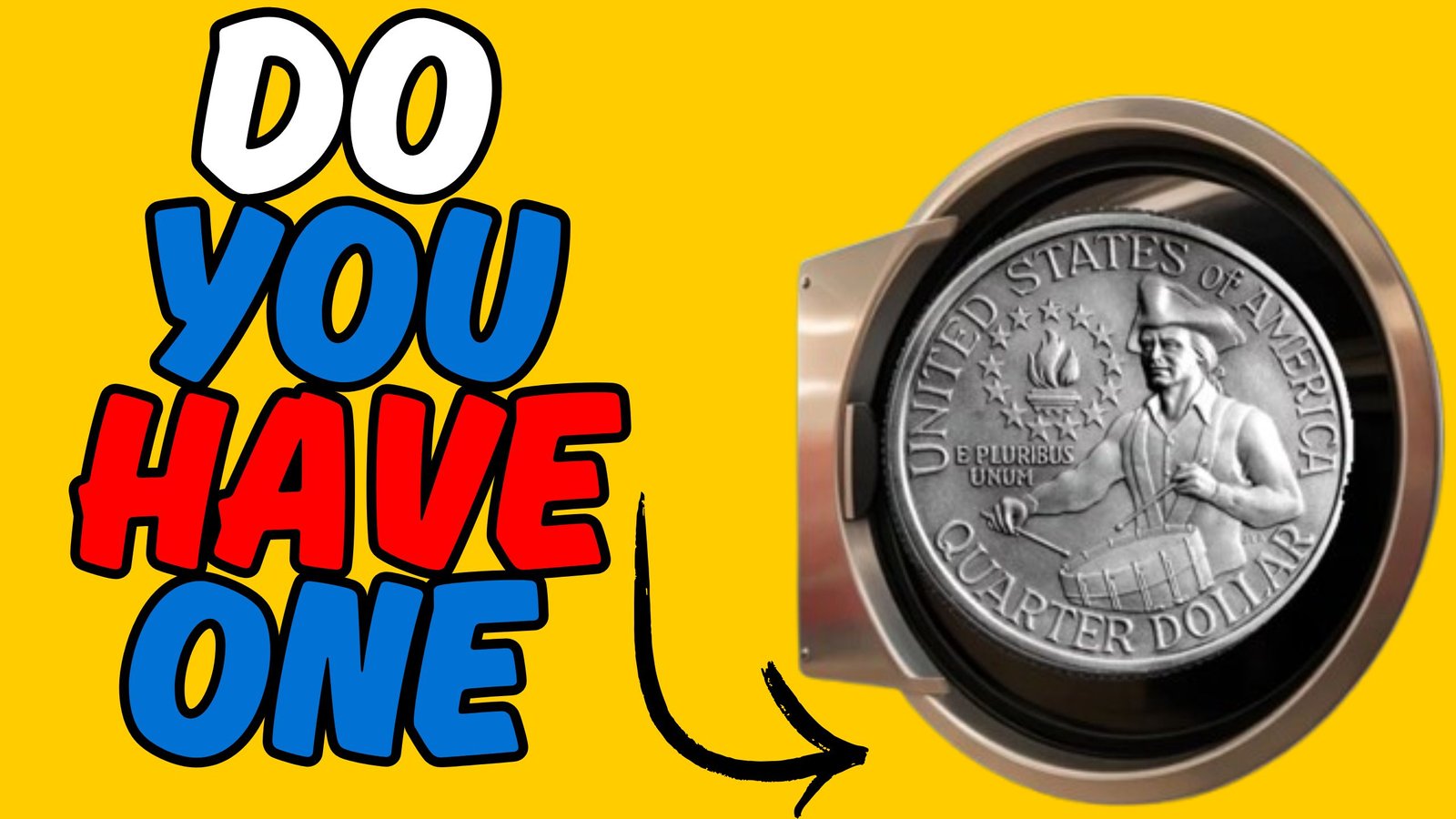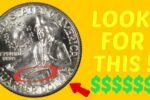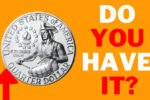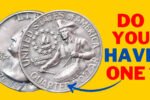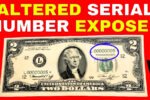1976 Quarter : The other day, while sifting through a handful of loose change at the bottom of an old drawer, I spotted something familiar — a 1976 Bicentennial Quarter. Its worn edges and aged shine brought back a flood of memories. This simple 25-cent coin, depicting a colonial drummer and torch surrounded by 13 stars, instantly reminded me of a story my grandfather used to tell: a tale of patriotism, hope, and the spirit of 1976.
While to many, the 1976 quarter is just another vintage coin, to me — and to many Americans — it represents a moment in history when the nation came together to celebrate 200 years of independence. But it also reminds me of the man who cherished it as more than just pocket change.
The Bicentennial Coin That Meant More Than Money
My grandfather was a young father in 1976, working long hours at a factory in the Midwest. He didn’t have much, but he always found meaning in the small things. When the Bicentennial Quarter was released, he immediately tucked one away in his top drawer. He didn’t do it for its value — which was, and still is, largely sentimental — but because he felt it was a symbol of the era.
He used to say, “It’s not just a coin — it’s a piece of America.” And for him, it really was. It was a reminder of how far the country had come, and how proud he was to be a part of it.
What Makes the 1976 Quarter Special?
The 1976 quarter stands out because it was part of a special edition release to commemorate the United States Bicentennial — 200 years since the signing of the Declaration of Independence in 1776. Instead of the standard eagle on the reverse, it features a colonial drummer boy, designed by Jack L. Ahr, and the dates “1776–1976.”
It was the first time in U.S. coinage history that a dual-dated coin was circulated, and the design was a departure from tradition. Over 1.6 billion of them were minted, making them common — yet iconic — in American currency.
Although most are only worth face value, proof versions, silver-clad issues, and mint errors can fetch higher prices with collectors today.
A Personal Symbol of Patriotism
For my grandfather, this coin was never about money. It was about memory — about standing in a crowd with a tiny American flag in one hand and his young children in the other, watching fireworks light up the sky in July 1976. He always talked about how that summer felt electric: neighbors coming together, parades down main streets, and a shared sense of national pride that felt deeply personal.
Every time he pulled that quarter out of his drawer — which he did on occasion to show us grandchildren — he’d smile and say, “This little coin reminds me that we’ve all got something worth holding onto.”
Why This Coin Still Matters Today
In a fast-paced world where digital payments dominate and loose change seems like an afterthought, the 1976 Bicentennial Quarter is a reminder of simpler times. It’s a piece of history that fits in your palm — one that connects generations and tells a story far greater than its monetary value.
For many families, it’s a keepsake passed down, a marker of American pride, or like in my case, a treasured link to a beloved grandparent.
Final Thoughts
That little quarter I found didn’t just jog my memory — it reconnected me with a piece of my family’s history and with a time when America paused to celebrate how far it had come. So next time you come across a Bicentennial Quarter, don’t just think of it as spare change. Think of the stories it carries, the hands it’s passed through, and the spirit it represents.
